Blue agave: how does it look and grow?
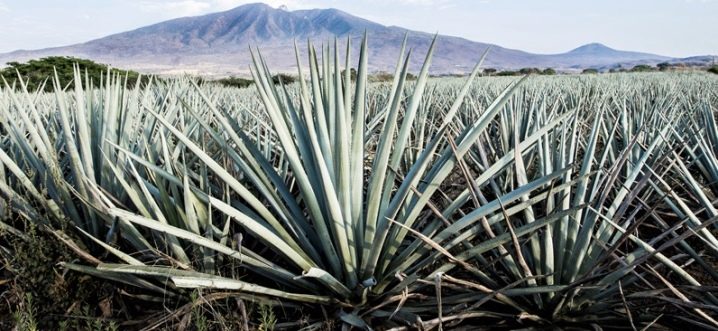
Each country has a specific plant, which is considered a symbol of the state and means a lot to local residents. For example, in Ireland it is a four-leaf clover, in Canada - a maple leaf, but for the inhabitants of Mexico, the blue agave becomes a real "calling card". Fortunately, the habitat of agave is not limited to this - today it is successfully grown by gardeners all over the world, not only in greenhouses and greenhouses, but also at home.
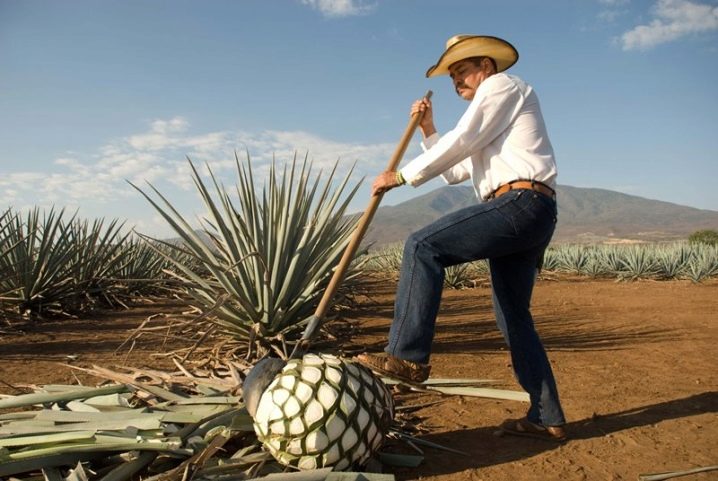
Is it a cactus or not?
Before proceeding with the description of such a plant as agave, it should be said separately about the genus and family of this culture. Most of all, the blue beauty resembles aloe, but many attribute it to the species of cactus, which is a mistake. Let's take a closer look at the differences between these cultures:
- almost all cacti do not have leaves, but agave has them;
- cacti have a large number of thorns, while agave has them only at the tip of the leaf.

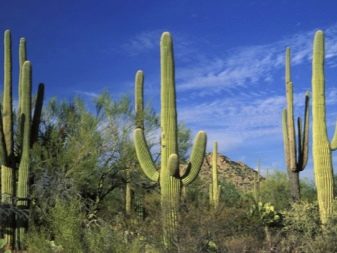
As for the aloe, he has:
- there is a stem, which the agave cannot boast of;
- less dense and leathery leaves;
- thorns are often absent, especially at the tips of the leaf plates.

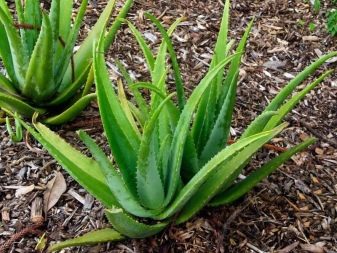
Thus, blue agave is neither an aloe nor a cactus. Aloe belongs to the asphodelic family, cactus belongs to cactus and agave belongs to asparagus. However, a certain relationship with the cactus can still be traced. The point here is that both plants grow in dry and hot climates, and they tend to accumulate water inside themselves. This is why they look so strong and juicy.
What does it look like and where does it grow?
The birthplace of the blue agave is, of course, Mexico. Today, this plant is the pride of a sunny country not only for its interesting external features, but also for its enormous help in agriculture. However, the history of the plant begins long before the development of industry and horticulture.
For the first time, according to legend, the beneficial properties of agave were discovered by Mexican Indians. Then people did not know what kind of strange bushes surrounded their villages. Only by chance, thanks to a thunderstorm, did the settlers discover that the blue agave contains a viscous and incredibly tasty juice. Subsequently, the Indians began to use the juice not only for food, but also for medicinal purposes, but they did not cultivate agave on purpose, since the plants were already in abundance.

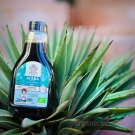
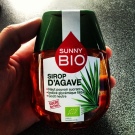
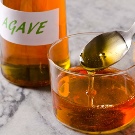
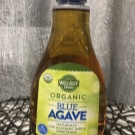
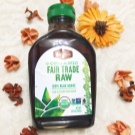
But direct cultivation began only in the 1700s, when the Spaniards discovered the agave. It was at that time that they realized that the plant was the ideal raw material for the production of alcohol. By searching for a suitable crop, by cultivating different varieties, the Spaniards came to the conclusion that it was blue agave that was best suited for this purpose. The drink obtained from the core of the plant began to be called "tequila", and the blue agave itself also received a second name - "tequila", which has survived to this day.
The largest blue agave plantations are concentrated in the Mexican state of Jalisco, it grows in Central and South America. Often, blue agave can be found in deserts, while its appearance differs from domesticated for the better. Wild varieties are much stronger and more resilient, their leaves are more powerful, and the core is larger. Agave in nature is so accustomed to the harsh conditions of the desert that it is quite capable of growing on mountain slopes even where there is frozen lava.
As for describing the appearance and qualities of the plant, it should start with the size of the agave. Basically, the culture reaches two meters in height, but near the root its size is much larger - almost 4.5 meters. The plant, as a rule, does not have a stem, but it has a rather large and fleshy rosette, consisting of hard, leathery leaves. The shade of the foliage can vary - in nature, there are both greenish-gray and bluish colors.
In addition, the very appearance of the leaf plate is different - for example, you can find long and thin leaves, or you can find wide ones.
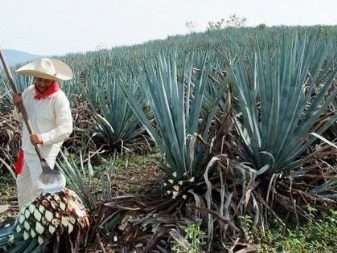
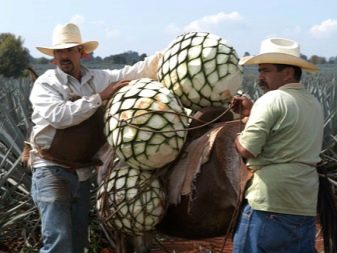
The average life span of an agave in its natural environment is 5 years, and it blooms only once in a lifetime. The last stage of the agave's existence is marked by unprecedented beauty - a huge peduncle several meters high appears in the center of the plant, on the top of which small yellow flowers swing. When the flowering period comes to an end, the agave sheds its seed pods and dies.
In terms of plantations, the life expectancy of blue agave is much higher - up to 15 years. This is due to the fact that the peduncle is simply removed and planted in the ground, thus obtaining a new plant. Although this technique allows the plant to live three times longer, it also has its drawbacks. By interfering with the natural order of things, gardeners reduce the agave's immunity, which contributes to its susceptibility to diseases and pests.
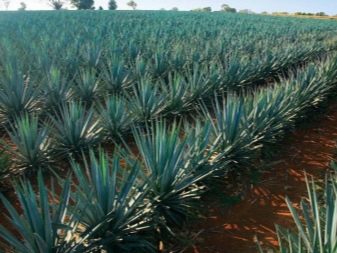
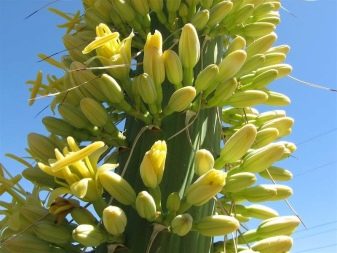
Conditions for keeping at home
Blue agave is a plant that is completely non-whimsical. It can be given even to those flower growers who are just beginning to try themselves in growing unusual crops. And yet for the "sun dweller" it will be necessary to create certain conditions, only then he will delight with his beauty and health.
The first thing to note is the lighting. Since on the open plantations of Mexico the plant cannot in any way suffer from a lack of light, at home it should be provided with a constant influx of sunlight. Place the blue agave on the south side, where the sun is most. In winter, when the daylight hours are too short, pamper the plant with artificial light lamps or phyto-bands.
As for the temperature, it should be kept within 22-28 degrees Celsius. Of course, agave will successfully withstand higher temperatures, it will simply begin to accumulate water inside itself. The plant is very fond of fresh wind, therefore, in a summer cottage, or if you have your own garden, you can take the agave outdoors in the summer. If you live in an apartment, the room will need to be often ventilated, otherwise the agave will wither.
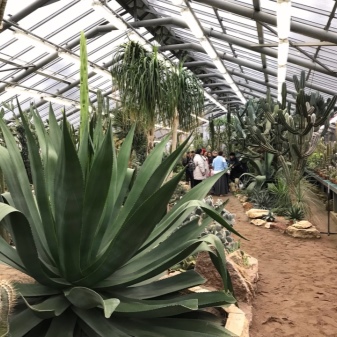
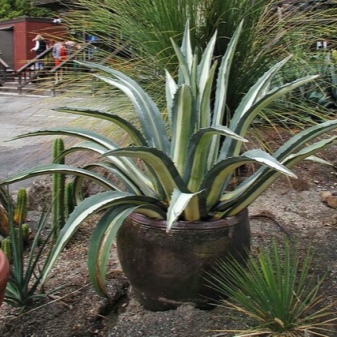
In winter, the temperature is maintained at +18 degrees. In the harshest winters, and if the heating season starts late, you shouldn't worry either. The plant will perfectly tolerate lower temperatures. But if the mark of the thermometer drops below zero, and the agave is in the open air, this should be a cause for concern.
From such stress, the plant will stop its development and growth for a long time, it can hurt and lose strength.
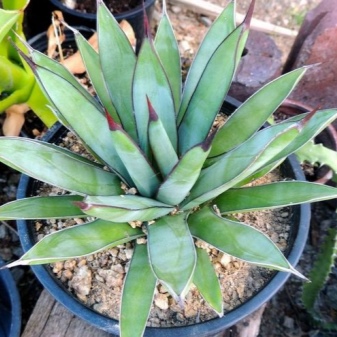

Reproduction
There are three ways you can propagate a blue agave:
- seminal;
- sheet;
- children.
Each method has its own characteristics, so it is worthwhile to dwell on each of them in more detail.
Seminal
The technique is laborious, but the seeds germinate better, and the plants turn out to be stronger than with other growing methods. The first thing to do is purchase seeds. Many stores offer seed mixtures - you should not buy these, because different varieties require different conditions and soil. Buy only one variety of seeds. The seed size usually ranges from 2 mm to 1 cm.
As a rule, agave seeds are sown in early March. The soil for planting will require sandy, close to the natural habitat of the agave. For more saturation, clay or gravel can be added to the soil.To make sure that the substrate is completely disinfected and does not contain weeds and fungi, it is usually calcined. To do this, the soil is placed at a temperature of about 60 degrees and kept for half an hour.
It is also advisable to prepare the seeds - for improved growth and immunity, they are pre-soaked in Fitosporin.
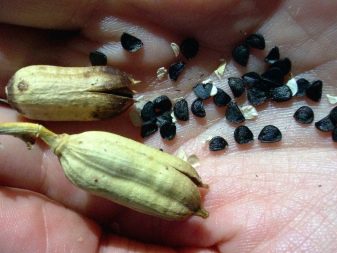

To plant seed, you will need a shallow but large container. The substrate is put there, then the container is placed on a dish with water. When the soil is saturated with liquid, you can start sowing. Large seeds are simply laid out, small ones are sprinkled nearby. After that, the seed is sprayed with water and sprinkled with medium-sized sand.
In order for the seeds to sprout, the temperature will have to be kept quite high - during the day it should be up to 30 degrees Celsius, at night 20. It is very important to protect tiny sprouts from direct ultraviolet radiation - for this they are usually covered with a transparent mesh. If the temperature does not correspond to the recommended ones, make a mini greenhouse. The container with seedlings should be ventilated at least 2 times a day, while it is imperative to observe whether midges, fungi, mold have appeared. If everything is done correctly, then you can see the first shoots of agave a little more than 2 weeks after planting the seeds.

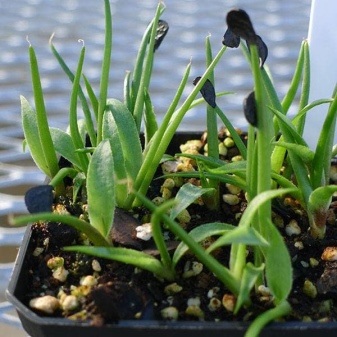
Sheet
The advantage of this method is the growth rate of agave, it takes root well and grows quickly. To do this, select the largest leaf from an adult plant and cut it off with a sharp knife at the very base. The cut leaf should dry well - you will need to wait about 4-5 hours. After this time, the leaf is planted in a container filled with sandy soil or a mixture for succulents.
For the plant to take root well, try to keep the temperature within 21-24 degrees Celsius. You should not make greenhouses or cover the blue agave, you should not be zealous with watering either. A healthy leaf will be accepted in two weeks, then its active growth will begin.
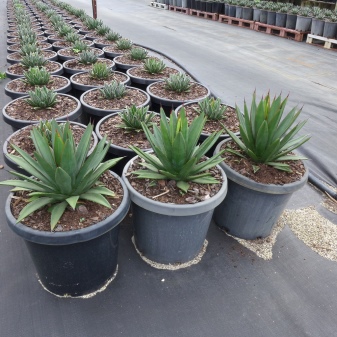
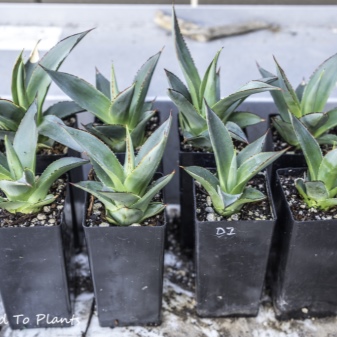
Children
This technique has both undeniable advantages and disadvantages. Reproduction of agave by children is the key to obtaining a strong culture with developed roots. However, the old plant will no longer grow.
To propagate an agave in a similar way, its children, located at the base of the trunk, are necessarily separated with a knot. Then the resulting specimens are well sprinkled with crushed charcoal and dried in the same way as in the previous breeding option. Dried children are planted in wet sandy soil.
The optimum temperature for growing children is 20 degrees Celsius, while the plants should not be covered or sprayed. Three days after disembarkation, the first accurate watering is organized - pouring is slow, in a very thin stream. If necessary, the plants are fenced off from direct sunlight.
Unlike seed propagation, agave babies can be separated in any season and weather.
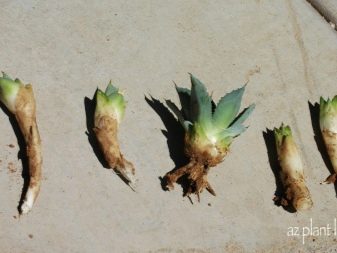
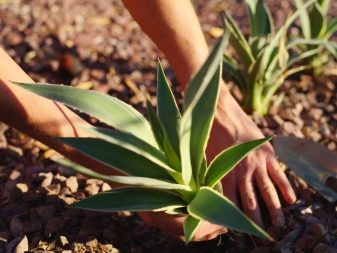
Plant care
Since agave grows well even in the wild without any additional fertilizing and additional watering, many conclude that almost no care is needed for such a plant. However, it is not, certain procedures still have to be carried out, since most varieties of blue agave can have a weak immunity to disease.
- The main requirement - the presence of a sufficient amount of lighting. If there is little light, or the apartment is dark, it is worth purchasing artificial light lamps.
- Temperature it can be both hot and cool, here the agave "does not impose" any special requirements. But it is advisable to avoid frost.
- As for watering, then in the summer the agave is watered once every 7 days, and in the winter - once a month. The temperature does not affect the frequency of watering - all the necessary plant will accumulate in itself on its own.
- Blue agave needs air at any time of the year., so ventilate the rooms more often. In summer, the plant can be taken out to an unglazed balcony or garden.
- Feed agave should rarely, and only with granular fertilizers. There should not be a lot of nitrogen in top dressing. By the way, if you don't fertilize the agave at all, it won't grow worse.
- As mentioned above, agave needs sandy soils. It is imperative to add drainage, in addition, it is better if the soil is alkaline, not acidic.
- Agave growing tank choose wide, but it should not differ in depth. For this purpose, ceramic pots are the best solution.
- Young specimens are transplanted every year., adults can be moved to a new location every 3 years. In this case, the presence of a root collar above the surface of the substrate becomes a prerequisite. And also do not forget to wear gloves during the transplant - agave juice causes redness and itching of the skin.
- Blue agave is highly susceptible to fungal invasion, which provokes rotting of roots and leaves. They fight the scourge with fungicides. If the disease is started, all that remains is to throw out the plant. In addition, agave can also suffer from the weevil beetle, thrips, scale insects, and aphids. All of these pests respond well to insecticide treatment.

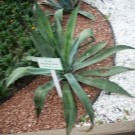
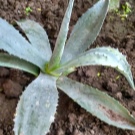
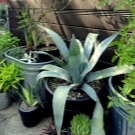
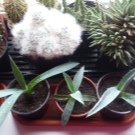

See the video about Blue Agave below.


















































The comment was sent successfully.